
Review on 💧 KEYESTUDIO Turbidity Sensor Module V1 for Arduino - Water Quality Tester, Liquid Particle & Turbidity Level Monitoring by Mike Davan

Good sensor for general measurements
I tested this on an Arduino Uno with port A0. Connect the black wire to ground, the red wire to 5V and the yellow wire to A0. Here is a very simple program. void setup() { Serial.begin(115200); } void loop() { float value = AnalogRead(A0); Serial.println(value *(5.0/1024.0)); delay(1500);} The code is easy enough to write. Just read the port and multiply the value by 0.0049 (or 5.0/1024.0 for a 10-bit analog converter) to get the voltage. There is a switch to toggle between analog and digital mode. In digital mode, the output is either HIGH or LOW. In analog mode, the output is a voltage that can be read at the analog port. In digital mode I measured an output voltage of 5.0V when the water is clear/clear. When the sensor is completely blocked, the output is 0.049V (or practically 0). In digital mode, the level of turbidity to trigger the output can be adjusted by turning the potentiometer on the circuit board. This is a single turn device so the adjustment is natural but it works well. As a control test, I used filtered water from a reverse osmosis filter. If you need to determine when a particular water sample is at a certain level of turbidity, you can simply take a sample (or take a sample) and then adjust the sensitivity until you reach the trigger point. In analog mode, the output voltage is 3.92V when the sensor is in clean water. When taken out of the water in dry air it shows 3.3V. I found this a bit strange but as this is a water sensor the dry air reading is irrelevant. However, I would expect readings at or near 5V in pure water. This reduces the overall sensitivity of the sensor somewhat. For ½ gram of hot chocolate mix in 8 ounces of water I saw the reading change to 3.3V. 2% milk has a reading of 0.77V. With different mixes I was able to get different readings corresponding to the degree of visual haze. I haven't translated measurements into true readings, mainly because I don't have standards for measurement. The fact that this device cannot be submerged in water makes it somewhat difficult to use. You need to design the mount, possibly with a 3D printer. When testing, I slipped the rim of a plastic cup between the sensor and the black clip. This works if the rim of your container is very thin. I would give 4 stars if it had a better fit or if it could be submerged in water. The sensor is easy to use and offers two modes. I can't say for sure, but if you just need to determine if there's something in the water when it should be clear, this is a budget option.
- Do not fully immerse the sensor in water. Just measure the small round head of the separated parts in the water and measure it. The top of the probe is not waterproof.
- weak
New products
Comments (0)
Top products in 🖥️. Single Board Computers

55" TV LG OLED55C2RLA 2022 HDR, OLED, dark titanium

38 Review
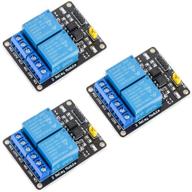
🌐 MCIGICM 2 Channel DC 5V Relay Module: Optocoupler Low Level Trigger Expansion Board for Arduino UNO R3, DSP, ARM, PIC, AVR, STM32, Raspberry Pi

11 Review
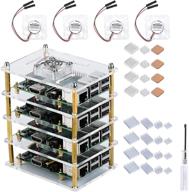
GeeekPi Raspberry Pi Cluster Case with Cooling Fan and Heatsink for Pi 4 Model B, 3 Model B+ & 3/2 Model B

11 Review
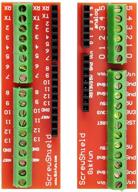
Gikfun Screw Shield Expansion Board: Enhance Arduino UNO R3 with the EK7007 Add-On

11 Review
Another interesting products
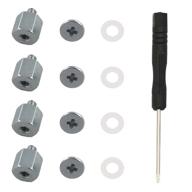
M.2 Screw Kit: Easy Mounting for NVMe SSDs on ASUS Motherboards

19 Review
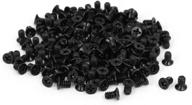
uxcell 3.5" HDD Screw Black 200pcs for Computer PC Case - Flat Phillips Head - 6#-32 - Hard Drive Fasteners

10 Review

🔧 Premium Repair Replacement Screws & Tools for MacBook Pro Retina 15"/13" - Complete Bottom Case Set

10 Review

MacBook Retina 13-inch (A1425, A1502) and 🔩 15-inch (A1398) Bottom Case Screw Set with Pentalobe Screwdriver

11 Review

